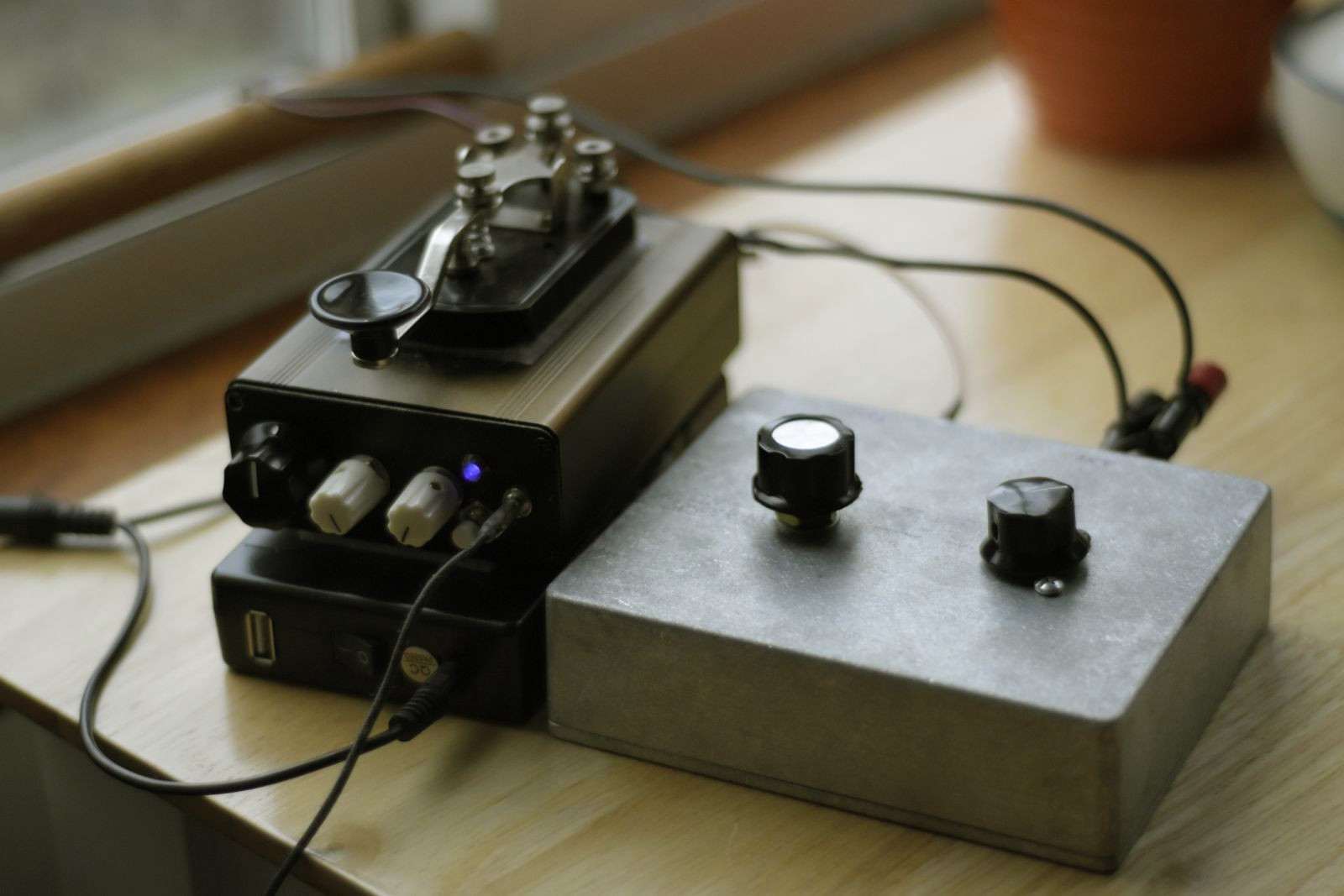Tag: transceiver
-

Portable 40m Direct-conversion Transceiver Design
Having finished my master’s degree over a year ago now, I’ve started to see my thesis show up on various academic web sites. I decided I should probably link it on this site in the event that anyone is interested in building and/or designing their own QRP mono-band radio. Additionally, I’ve been doing some more…
-
Pixie: 40m QRP CW transceiver
first post of 2015. it’s a small pocket size 40m CW transceiver that i got off of eBay for a mere $8. i’ve mainly used this while i’m at school to flex my cognitive abilities and decode the communications of extra class morse pros. the transceiver has a tuning range of 7.023-7.026MHz (maybe) which puts…